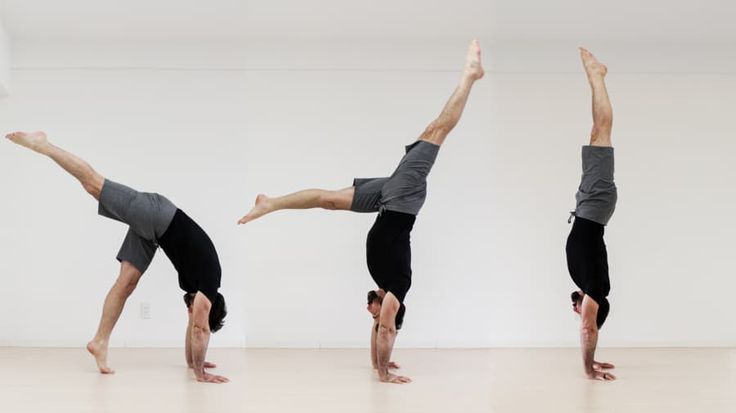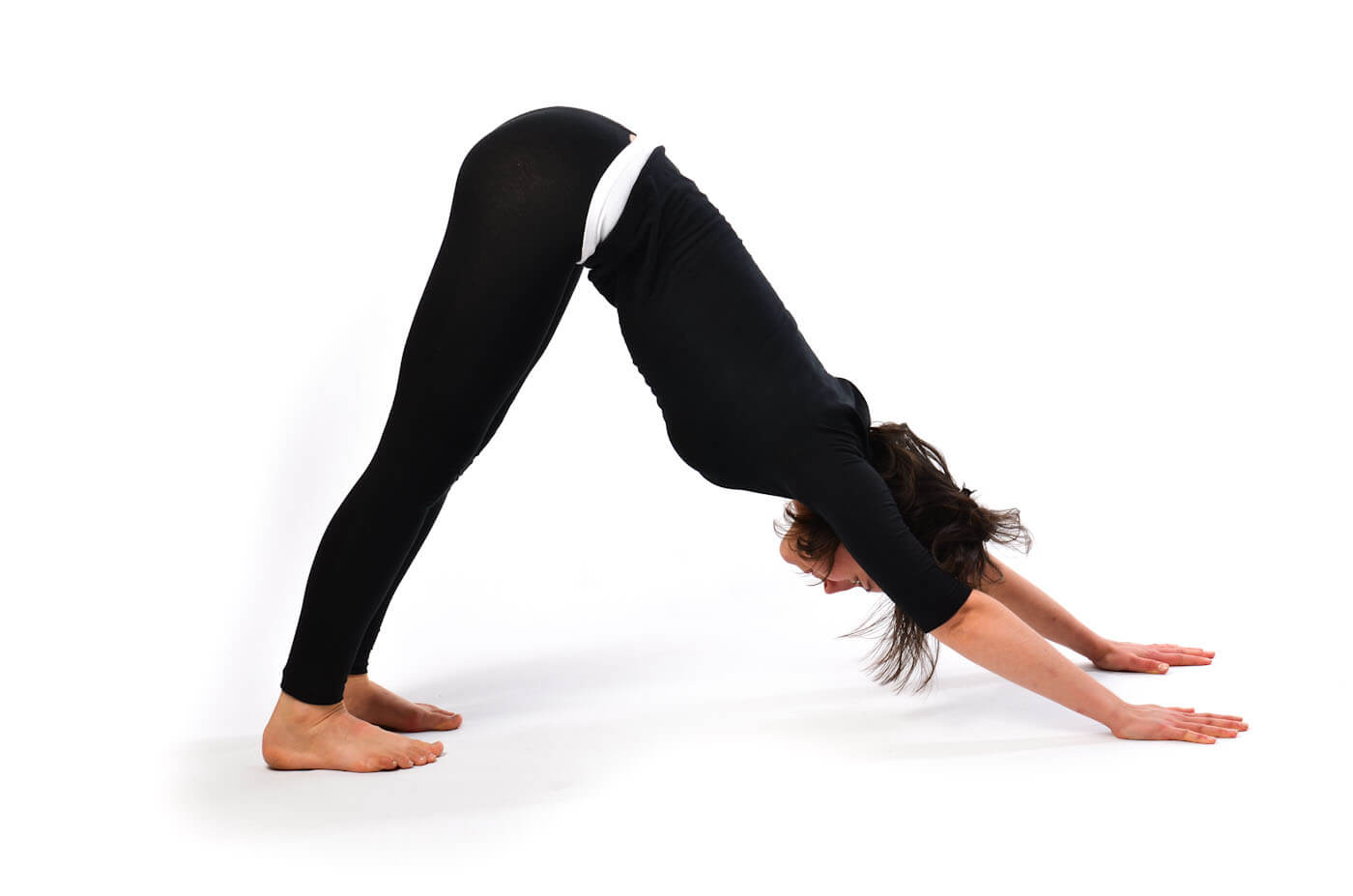
For many, knee pain is a common issue when they practice yoga. Even though it sounds counterintuitive, yoga can be a great therapy for your condition. Outside Learn is an online education portal that offers in-depth courses on yoga, nutrition, and fitness. To find the best class for you, click on the links below. It is possible to find the right class for you based on your pain level and schedule.
The butterfly pose, which is one of the most common yoga knee pain exercises, is very popular. This is a seated pose where the soles and feet of the feet are joined, with the knees extended. This exercise benefits the hip flexors as well as your groin. To reduce strain on your knees, perform the exercise with either slightly bent or straight legs. If you feel discomfort, switch sides to prevent straining your knees.

Your knee micro-bend is key to making yoga safe for your knees. This position prevents hyperextension and stimulates the muscles around your knee. It also increases strength and flexibility. You can use the lunges to relieve knee pain. But be gentle with your body, and adjust if necessary. Remember, yoga isn't a quick fix, but it can help reduce the pain you are feeling and keep your joints in good health.
The kneeling pose is the best for knee pain. This can be done with towels, blankets or folded blankets. To hold this posture, pull your calf muscles back and seat your hips between your ankles. You should lift your hips up onto your knees and pull your buttock flesh down. This position should be held for between five and eight breaths. If you can, hold it longer.
One of the best ways to stretch the knee is through a knee-healing posture. It can place a lot on the knees and strain ligaments. If you have pain in your joints or a sensitive knee, you should not attempt this pose. Talk to your doctor about any previous injuries. When it comes to your knee, it's important to learn about yoga to strengthen your body and relieve your pain.

Some yoga poses can cause knee pain. You should avoid placing pressure on your knees by avoiding asanas. However, you can modify these poses in order to reduce pressure on your knees. To reduce pressure on the knees and relieve pain, you can use a yoga block. These blocks will help you to balance well while in the pose. It can also be helpful to modify certain asanas if you have a knee injury. For any discomfort that may occur during yoga, consult a physician immediately.
FAQ
How does weightlifting help you lose fat more quickly?
Weight lifting does burn fat faster, but only if you combine it with cardio workouts.
Cardio workouts are a great way to increase the weightlifting benefits.
Weightlifting is a good way to lose weight. It increases your heart beat and oxygen consumption.
It is important to combine cardio with it, as you will not see significant changes in your body's composition.
How Metabolic Health is Key to Aging Well
People are living longer today than ever. But as they do, they're also getting sicker. Our current medical science approach is not working, even though we've made many advances.
We need to change how we think about health and aging. For healthy aging, it is important to look at metabolic well-being - not just weight reduction but overall wellbeing.
You must ensure your metabolism is strong and healthy throughout your life if you want to lead a long, active life.
There are many methods to improve your metabolic state. You can improve your metabolic health by incorporating these 7 foods in to your diet.
-
Resveratrol has been found to be a key ingredient in blueberries, and it has been shown that it can help increase cell longevity. They also provide antioxidants and vitamins C & E.
-
Pinto beans and lentils make excellent sources of fiber as well as plant-based protein. These nutrients help maintain blood sugar levels so they don’t spike and fall.
-
Broccoli is rich in sulforaphane. Studies have shown that it protects cells from DNA damage. It could even slow down the growth of cancer.
-
Chia Seeds have high levels of omega-3 fatty oils and fiber. They are rich in protein and antioxidants. All of these nutrients are good for heart health, brain function, gut health, and overall health.
-
Green Tea has polyphenols called catechins. Green tea catechins have been shown to reduce bone fractures, heart disease, cognitive decline, diabetes risk, and other health issues.
-
Salmonis packed with vitamin D, low in saturatedfat and one of best sources of lean meat.
-
Walnuts are high in omega-3s. They also contain antioxidants like alphalipoic Acid (ALA). ALA protects against inflammation and boosts energy production.
How many calories should I consume daily?
This can vary from person to person. An average person needs 2000-2500 calories per day. It is important to consider your lifestyle and determine how many calories you'll need.
Is it true?
Protein helps maintain healthy bone and tissue. Over-consuming protein can result in calcium being excreted through the kidneys. In turn, this can result in kidney stones.
It's important to note that not everyone gets kidney stones after eating more than 2 grams of protein per kilogram (2.2 pounds) of body weight. You don't have to eat a lot of protein to get kidney stones.
By being careful with your sodium intake, you can prevent kidney stones. Sodium is important for maintaining the body's water balance. Too much sodium can lead to kidney stones.
If you have kidney stone, you might also consider reducing your protein intake. For most people, protein provides half their daily caloric requirements. If you cut back on protein, you'll likely lose weight.
If you do decide to eat more protein, don't go overboard. Try to eat less than 20% protein in total calories.
Statistics
- Get free shipping and 25% off today. (healthline.com)
- Candidates and applicants must pass all four tests at 70% (minimum level) to graduate from Basic Deputy U.S. Marshal (BDUSM) Training. (usmarshals.gov)
- According to the American Heart Association, blood pressure should be checked at least once every two years, beginning at age 20. (my.clevelandclinic.org)
- The PRS enabled risk stratification for overall prostate cancer and lethal disease with a four-fold difference between men in the highest and lowest quartiles (HR, 4.32; 95% confidence interval [CI], 3.16-5.89). (pubmed.ncbi.nlm.nih.gov)
- By John Thompson Take a whopping 38% off a set of PowerBlock Pros. (menshealth.com)
External Links
How To
What food is the healthiest for men?
Men should eat five meals a day of fruits, vegetables and other healthy foods. Men should also limit their consumption of red meat and avoid fast food.
Fruits and vegetables are high in antioxidants which help prevent cancer, heart disease, and other diseases.
Vegetables include broccoli, cauliflower, carrots, spinach, tomatoes, peppers, cucumbers, lettuce, mushrooms, etc.
Peas and beans are also high in protein and fiber.
Nuts and seeds are excellent sources of omega-3 fatty acids. Omega-3 fatty acid is essential for the brain and hormone production.
Fish is another great source of omega-3s. Mercury is more abundant in fish than in most other meats. However, fish liver oil does contain fewer toxins.
For normal growth and development, Omega-6s are required in vegetable oils such as soybean, sunflower, safflower and cottonseed oils.
Poultry provides a lot of lean meat. Chicken breast is the most nutritious meat.
Lean beef contains low amounts of saturated fats and cholesterol. However, you should avoid eating too much red meat because too much iron may increase your risk of prostate cancer.
Avoid processed meats such as sausage and hot dogs. These meats can be carcinogenic because they contain nitrates.
There is no doubt that exercise is essential for maintaining overall health. You may already be working out on a regular basis. Is there anything you can do that will improve your physical or mental health?
The answer is yes You have many options to maximize your workouts. Here are some tips on how to maximize your workout:
Begin slowly. Injure yourself if your first session is too intense. Start slow and build your intensity slowly.
Stretch before and after. Stretching can loosen tight muscles as well as reduce soreness and improve flexibility. Stretching can take place standing, sitting, or lying down.
Cool down. This is especially important if you're doing cardio exercises. You need to allow your body time to rest between sessions so that it doesn't get tired. For cooling down, you can walk slowly, take deep breathes, or go for short swim.
Hydrate. Hydration can help you stay hydrated and reduce muscle cramps. Water is the ideal beverage, but sports drinks may also be helpful.
Eat right. You should eat enough calories every day. Eating regular meals throughout the day will help you stay energized and focused during your workout.
Get enough sleep. Get enough rest to feel refreshed and ready to tackle your next training session. Sleep is also crucial for repairing damaged tissues.